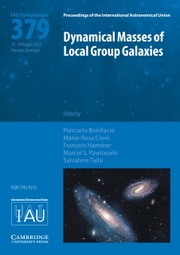No CrossRef data available.
Article contents
A short study on the representation of Gravitational Waves Data for Convolutional Neural Network
Published online by Cambridge University Press: 01 August 2025
Abstract
Binary Neutron star mergers (BNS) are of particular interest for the possibility of multi-messenger astronomy. We investigate if BNS gravitational waves trigger detection should be preferably conducted in a representation instead of another, we inspect time strains, Fourier transform, and spectrograms. We recreate the data stream of the LIGO detector, which could contain noise only or signals hidden in the noise. We train a binary classifier able to distinguish if a merger is present. We create two distinguished datasets, one with the LIGO detector instrumental noise and one whitened with respect to the detector PSD. We obtain the highest accuracy for whitened spectrograms - 93% correct classifications of an external validation dataset. Fourier transforms show similar behavior in both colored and whitened datasets with an accuracy of ∼77%. Whitened time strains have a substantial increase in accuracy from the colored to the whitened dataset, respectively 50% and 73%.
Information
- Type
- Poster Paper
- Information
- Proceedings of the International Astronomical Union , Volume 19 , Symposium S368: Machine Learning in Astronomy: Possibilities and Pitfalls , August 2023 , pp. 110 - 112
- Copyright
- © The Author(s), 2025. Published by Cambridge University Press on behalf of International Astronomical Union


